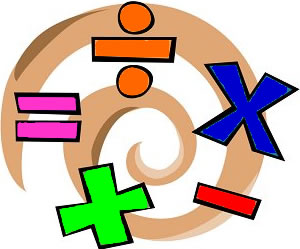Brewster, C., & J. Fager. (2000). Increasing Student Engagement and Motivation: From Time-on-Task to Homework . Northwest Regional Educational Laboratory.
This article explains that there are many factors that contribute to students’ engagement levels that teachers may have little control over. For instance, as students transition from elementary to middle school, they become less engaged in learning. However, there are also certain practices that increase the amount of time students spend on a task and also make assigned work more engaging and effective. The article mainly focuses on the importance of motivating students. Most successful people are motivated extrinsically and intrinsically so educators must build on both types of motivation to fully engage students in school. Compared to my other resources, this article provides a lot of background information in addition to strategies that teachers can use to engage and motivate their students. It is also helpful that it focuses on the middle years age group, which is the age range that I am working with during my practicum.
